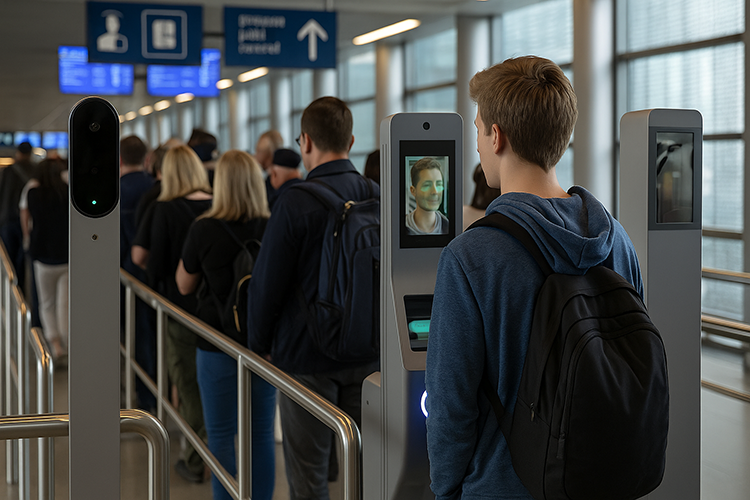2025-10-10
public_ector

Europe’s long-anticipated biometric border upgrade is finally being introduced this month, bringing a major shift in how travelers are processed when entering and leaving the Schengen zone. The new Entry/Exit System (EES) — which replaces passport stamps with fingerprint and facial scans — officially begins its rollout this weekend. The six-month transition will run until April 2026, during which time countries will gradually phase in the technology across airports, seaports, and land crossings. The European Union views the change as a step toward a more secure and consistent border system, designed to record when non-EU visitors enter and leave the Schengen area. Supporters say it will reduce errors, curb overstays, and eventually make border crossings faster once the new system is established. For now, however, the priority is avoiding chaos as millions of travelers are registered for the first time. Airports and operators are preparing for longer lines in the coming weeks, particularly at major international hubs and at UK-linked crossings such as Dover, Folkestone, and London St Pancras. The first registration will require each traveler to provide a set of fingerprints and a live facial image — a process that can take several minutes. Subsequent visits should move faster as stored data replaces manual checks. To manage the impact, many EU countries are introducing the system in stages. Some will begin with select airports before extending it nationwide, while others will start with freight and coach traffic before moving to passenger vehicles. Traditional passport stamping will continue alongside the new technology until the transition is complete. Travel industry groups have welcomed the modernization but caution that the first few months may be difficult. Extra staffing, new self-service kiosks, and redesigned terminal layouts are being used to ease congestion, yet bottlenecks are still expected during busy travel periods. The hope is that by the time Europe’s summer season begins in 2026, the process will have become largely automated. Beyond the logistical issues, there is also a broader debate about data privacy and digital oversight. Civil-rights advocates have warned that large-scale biometric storage raises new questions about data protection and potential misuse. EU officials insist that the system complies with strict data-handling rules and that information will be held securely for limited periods. For travelers, the change is significant but manageable: those from outside the EU — including UK nationals — should simply allow more time for border procedures on their first trip after the rollout begins. Once the biometric data is on record, future crossings should be quicker. The EES forms part of a wider modernization of Europe’s borders, with the separate ETIAS electronic travel authorization expected to follow in late 2026. If this initial phase runs smoothly, the continent’s gateways could soon see shorter queues and a more predictable travel experience — though the coming months will test whether technology can truly streamline one of Europe’s most complex systems.

